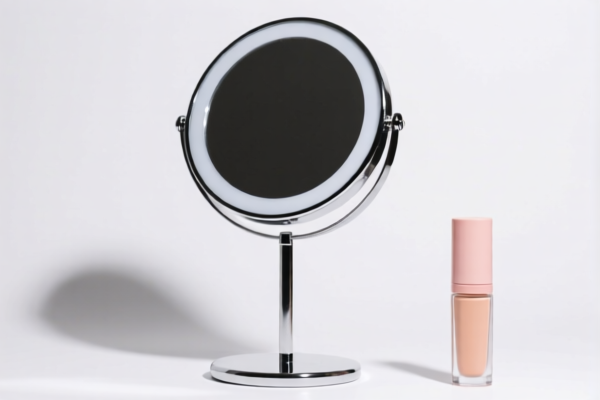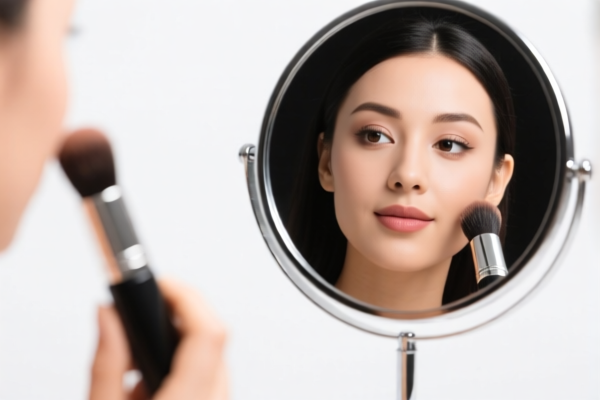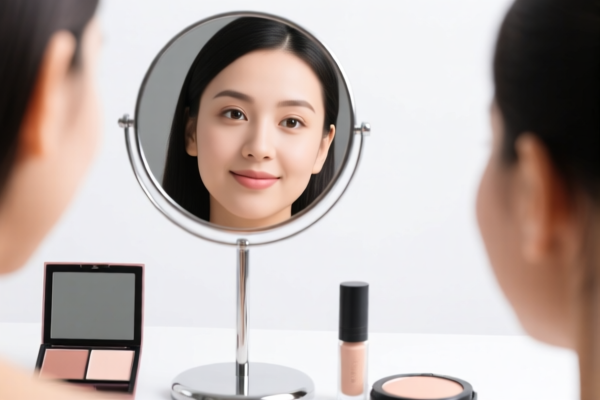| HS Code | Official Doc | Tariff Rate | Origin | Destination | Effective Date |
|---|---|---|---|---|---|
| 7009100000 | Doc | 58.9% | CN | US | 2025-05-12 |
| 7009911010 | Doc | 62.8% | CN | US | 2025-05-12 |
| 7020006000 | Doc | 60.0% | CN | US | 2025-05-12 |
| 7020003000 | Doc | 55.0% | CN | US | 2025-05-12 |
| 8306300000 | Doc | 82.7% | CN | US | 2025-05-12 |
| 8306100000 | Doc | 35.8% | CN | US | 2025-05-12 |
| 8310000000 | Doc | 55.0% | CN | US | 2025-05-12 |
| 9405994090 | Doc | 86.0% | CN | US | 2025-05-12 |
| 9405416000 | Doc | 61.0% | CN | US | 2025-05-12 |
| 9620001000 | Doc | 57.0% | CN | US | 2025-05-12 |
| 9620005000 | Doc | 60.3% | CN | US | 2025-05-12 |
| 3926904800 | Doc | 33.4% | CN | US | 2025-05-12 |
| 3926909989 | Doc | 42.8% | CN | US | 2025-05-12 |
| 3924902000 | Doc | 33.4% | CN | US | 2025-05-12 |
| 3924905650 | Doc | 40.9% | CN | US | 2025-05-12 |




Car Makeup Mirror
A car makeup mirror is a cosmetic accessory designed for applying or checking makeup while inside a vehicle. These mirrors address the limitations of standard car rearview mirrors and sun visors for detailed cosmetic application.
Material
- Glass: The primary reflective surface is typically made of glass, offering clarity and accurate reflection.
- Plastic: The housing and frame are commonly constructed from plastics like ABS or PP for durability and lightweight properties.
- LED Lights: Many models incorporate LED lights for enhanced visibility in low-light conditions.
- Metal: Some premium mirrors may utilize metal components for increased stability and a more refined aesthetic.
Purpose
The primary purpose of a car makeup mirror is to provide a dedicated, well-lit surface for cosmetic adjustments during travel. This allows passengers or drivers (when parked) to maintain their appearance without relying on inadequate reflections.
Function
- Magnification: Many mirrors offer magnification options (e.g., 3x, 5x, 10x) to aid in precise application of makeup, particularly for eyeliner, lip liner, and eyebrow shaping.
- Illumination: Integrated LED lights provide consistent lighting, reducing shadows and ensuring accurate color matching. Light color temperature can vary (e.g., cool white, warm white, natural light).
- Adjustability: Mirrors often feature adjustable angles and swivel mechanisms to accommodate different users and lighting conditions.
- Portability/Mounting: Designs vary from clip-on models that attach to sun visors to those with suction cup mounts or built-in mechanisms for attachment to the car's interior.
Usage Scenarios
- Passenger Use: The most common application is for passengers to apply or check makeup during long journeys.
- Driver Use (When Parked): Drivers may use mirrors when the vehicle is safely parked to make cosmetic adjustments. It is strongly discouraged to use mirrors while driving due to safety concerns.
- Ride-Sharing/Taxi Services: Professionals who require a polished appearance may utilize these mirrors to maintain their look between appointments.
- Self-Care During Travel: Quick touch-ups or adjustments before arriving at a destination.
Common Types
- Sun Visor Clip-On Mirrors: These are the most prevalent type, easily attaching to the car's sun visor. They are generally compact and affordable.
- Rearview Mirror Attachment Mirrors: These clip onto or attach to the existing rearview mirror, providing a larger reflective surface.
- Suction Cup Mirrors: These utilize suction cups to adhere to the car's windshield or other smooth surfaces, offering flexibility in placement.
- Built-in Mirrors: Some higher-end vehicles may feature integrated makeup mirrors within the vanity panels.
- LED Illuminated Mirrors: These mirrors incorporate LED lights around the perimeter of the reflective surface, providing enhanced visibility. Some models offer adjustable brightness settings.
- Magnifying Mirrors: These mirrors feature a magnifying section, typically alongside a standard reflective surface.
- Touch Screen Mirrors: Newer models may incorporate touch screen controls for adjusting light settings or magnification.
Based on the provided information, “car makeup mirror” can be classified under the following HS codes:
-
7009100000: Glass mirrors, whether or not framed, including rear-view mirrors: Rear-view mirrors for vehicles. This code specifically covers rear-view mirrors designed for vehicles, which would include makeup mirrors intended for use in cars.
- 70: Glass and glass articles.
- 09: Glass mirrors, whether or not framed, including rear-view mirrors.
- 100000: Rear-view mirrors for vehicles.
- Tax Rate Details: Basic tariff: 3.9%, Additional tariff: 25.0%, Additional tariff after 2025.4.2: 30.0%. Total tariff: 58.9%.
-
3926904800: Other articles of plastics and articles of other materials of headings 3901 to 3914: Other: Photo albums. While primarily for photo albums, if the car makeup mirror incorporates a plastic frame or backing, this code could apply.
- 39: Plastics and articles thereof.
- 26: Other articles of plastics and articles of other materials of headings 3901 to 3914.
- 904800: Other: Photo albums.
- Tax Rate Details: Basic tariff: 3.4%, Additional tariff: 0.0%, Additional tariff after 2025.4.2: 30.0%. Total tariff: 33.4%.
-
3924902000: Tableware, kitchenware, other household articles and hygienic or toilet articles, of plastics: Other: Picture frames. If the car makeup mirror is constructed primarily of plastic and functions as a framed mirror, this code may be applicable.
- 39: Plastics and articles thereof.
- 24: Tableware, kitchenware, other household articles and hygienic or toilet articles, of plastics.
- 902000: Other: Picture frames.
- Tax Rate Details: Basic tariff: 3.4%, Additional tariff: 0.0%, Additional tariff after 2025.4.2: 30.0%. Total tariff: 33.4%.
It is important to note that the final HS code determination depends on the material composition and specific function of the “car makeup mirror”. If the mirror is primarily glass and designed as a rear-view component, 7009100000 is the most appropriate code. If it is made of plastic and functions as a framed mirror, 3924902000 or 3926904800 may be more suitable.
Customer Reviews
No reviews yet.